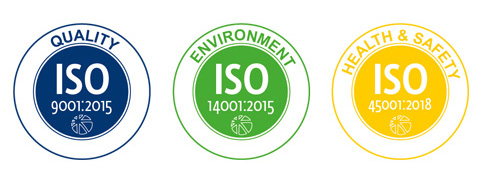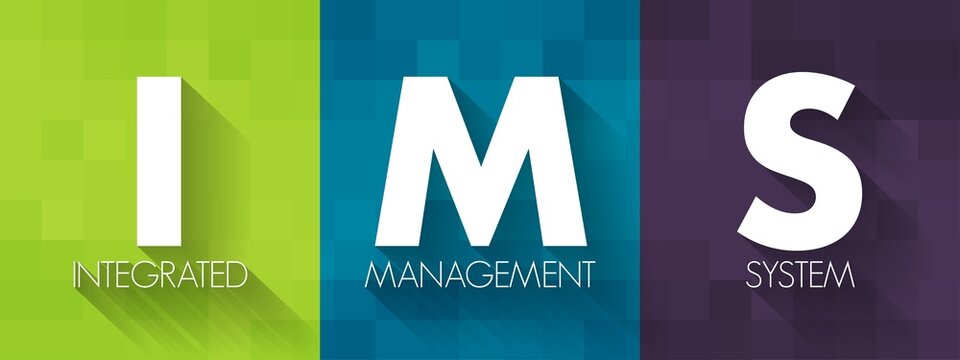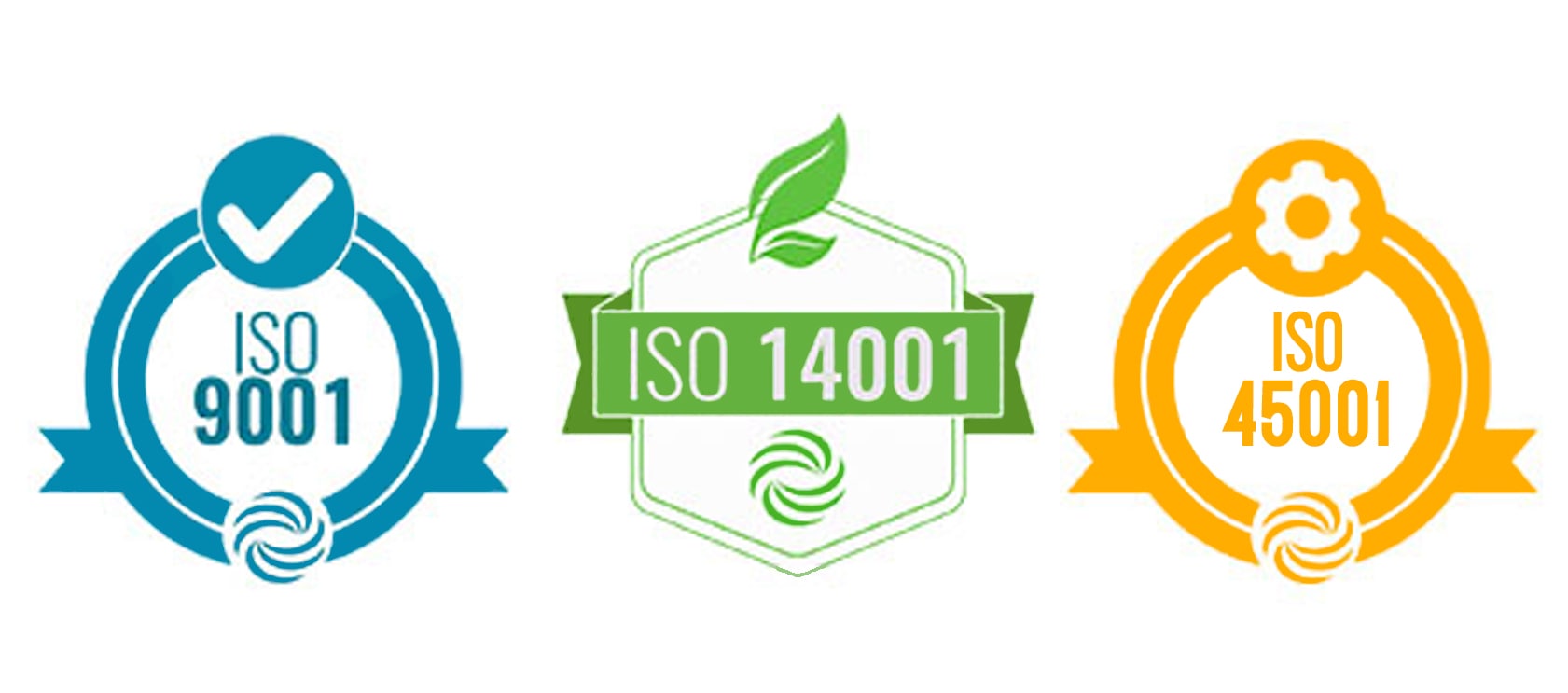What are called IMS Audits
A combination of one or more ISO standards Management Systems including,
- ISO 9001 Quality Management Systems
- ISO 14001 Environmental Management Systems
- ISO 45001 Occupational Health and Safety
The implementation allows an organization to implement multiple ISO standards simultaneously and gain maximum benefits. With IMS implementation, you can implement ISO 9001, ISO 14001 and ISO 45001 at a time. Some of the major benefits observed in the collective approach include:
Benefits of Integrated Management System
Unified Approach
Ability to adopt a unified approach that enables multiple ISO standards implementation.
Strategic Efficiency
Achieve multiple and co-related goals strategically and efficiently.
Reduce Duplication
Eliminate common or duplicated efforts for similar standard requirements.
Cost and Time Savings
Elimination of duplication leads to saving cost and time.
Faster Implementation
Faster implementation process and better results.
Enhanced Efficiency
Better efficiency in the management of systems.
Unified Management
Unified approach to carry out common requirements such as documentation, record keeping, training, awareness, consistent improvement, audit, reviews, etc.
Comprehensive Understanding of Integrated Management System (IMS) Quality, Environmental, Health and Safety :
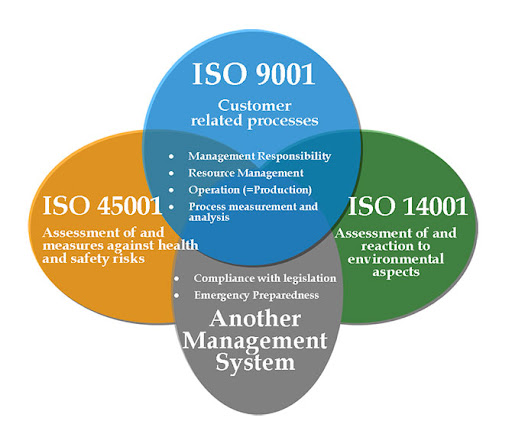
IMS encompasses ISO 9001, ISO 14001 and ISO 45001 which are co-related due to their similar goals and implementation methods. When ISO 9001 emphasizes quality assurance and management, ISO 14001 ensures environmental management and ISO 45001 focuses on the health and safety of the staff. As a whole, the purpose of QEHS is to ensure the well being of the staff, the environment as well as the company for continual improvement and growth.
ISO 9001 standard focuses on meeting the set goals, applicable statutory and regulatory requirements of the quality of products and services so that they can ensure customer satisfaction. Enhancing customer satisfaction not only results in better sales and improved growth of the company but also helps in demonstrating a positive position in the market. With the ISO standardization, the company also gets international credibility and hence, increased customer trust which eventually helps in ensuring a competitive edge.
ISO 9001 is applicable to all the companies and organizations regardless of their type, industry, size or the products and services it provides. Some of the major benefits of ISO 9001 implementation include:
- Policies and objectives identified by the ‘Top Management’
- Understand and achieve customer satisfaction
- Improved internal and external communication
- Better understanding of the organization’s processes
- Clearly defines responsibilities as per departments
- Save time and resources
- Improved consistency as well as traceability of products and services
- Increased customer confidence, satisfaction and trust
- Higher level of assurance in organizational quality
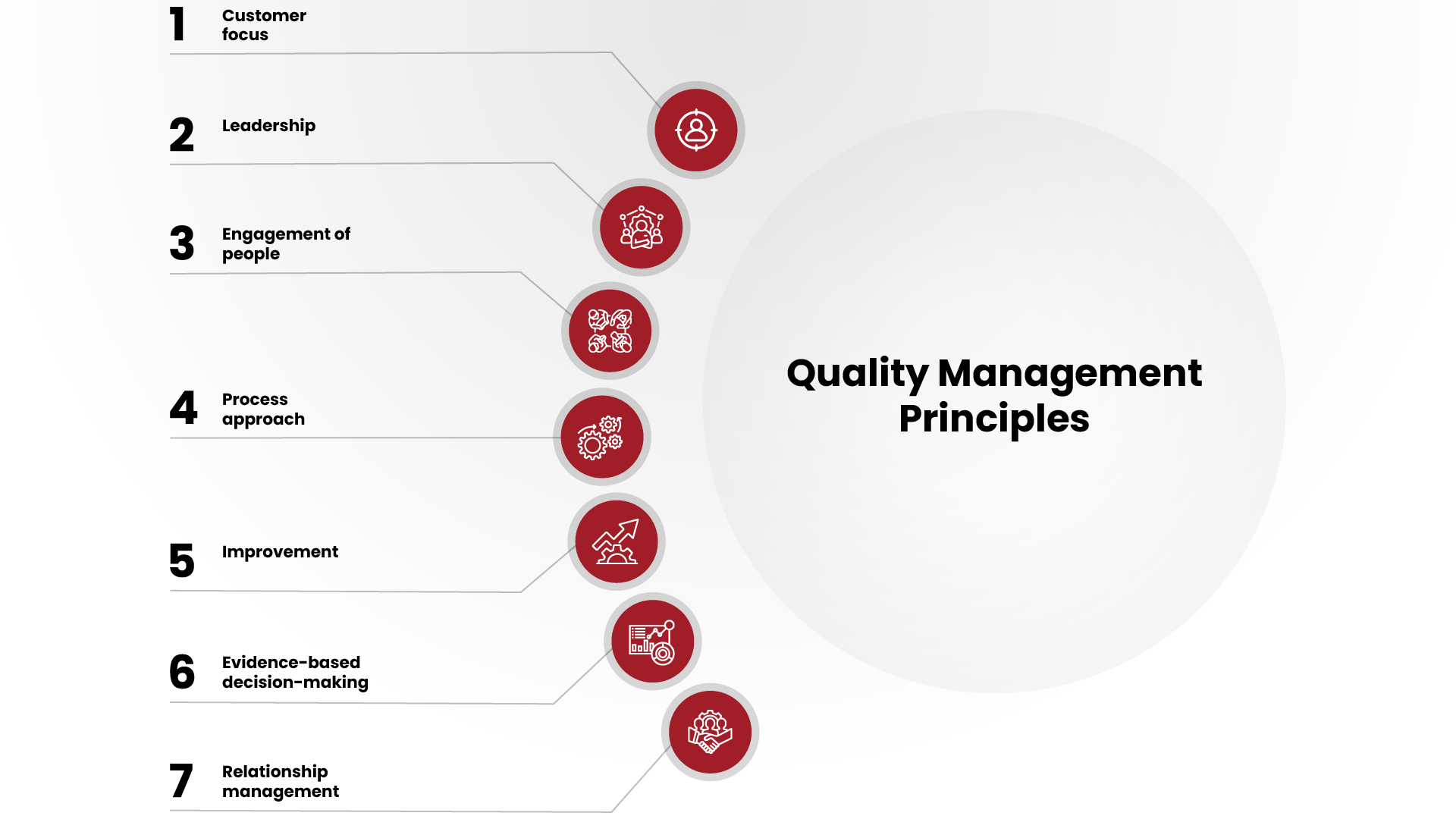
ISO 14001 provides a structured framework to implement an efficient environmental management system that enables an organization to maintain and enhance environmental performance as per the standard requirements. In today’s time, when global warming is a thriving issue, it is essential and required for companies to take responsibility for ensuring environmental sustainability. ISO 14001 fosters environmental management and sustainability. It provides a systematic approach to contribute to environmental sustainability. The purpose is to encourage companies to either control or influence their activities in relation to the environment and stay true to their set environmental performance goals/criteria. ISO 14001 does not state the specific environmental performance criteria.
ISO 14001 Certification is not limited to organizations venturing into industries that have a major impact on the environment but it is applicable to any organization regardless of their size, type and industry. Some of the major benefits of ISO 14001 implementation are listed below.
-
- Ensure cost savings through the reduction of waste
- Make efficient use of natural resources
- Reduce insurance cost
- Enhance environmental performance
- Customer confidence, satisfaction and trust
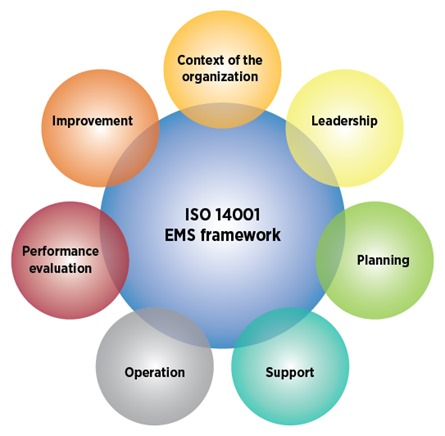
Every year, more than 2.78 million people die as a result of occupational accidents or work-related diseases. Additionally, there are some 374 million non-fatal work-related injuries each year, resulting in more than 4 days of absences from work. (Source)
The purpose of the ISO 45001 is to prevent accidents, reduce risks or diseases and ensure the health and safety of the staff in the workplace. It provides a structured framework that enables you to enhance safety measures in your workplace and continue to improve the health and safety of your staff. With a systematic approach to making the workplace safer, you can ensure the following benefits.
- Prevent early retirement
- Reduce staff absence
- Reduce workplace accidents
- Reduce insurance premium
- Ensure improved growth of the company
- Enhance the moral in your staff with safer and better working conditions
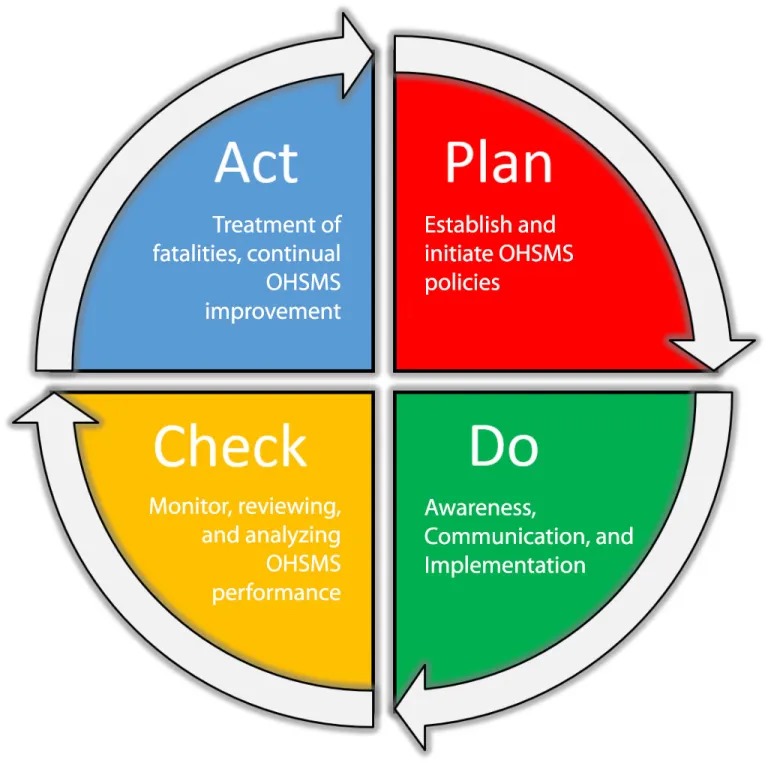
With IMS implementation, you can manage all risks and maintain as well as improve your global recognition in terms of provided quality, environmental performance as well as the safety and health of your staff. The ISO IMS certification not only helps you empower your employees but also gain international credibility as well as customer trust and confidence that can lead to improved growth.

